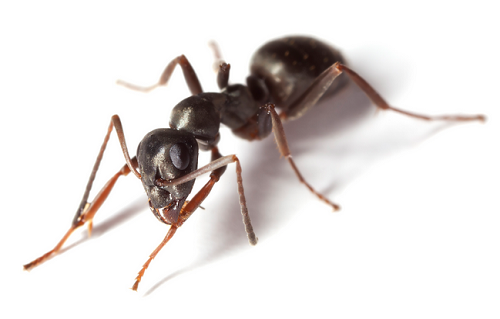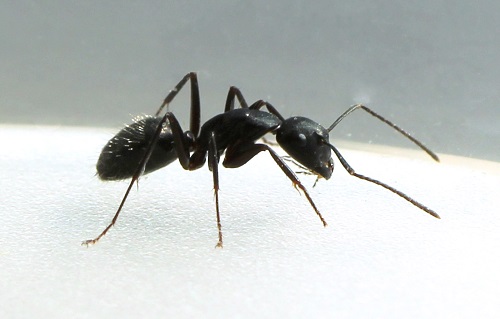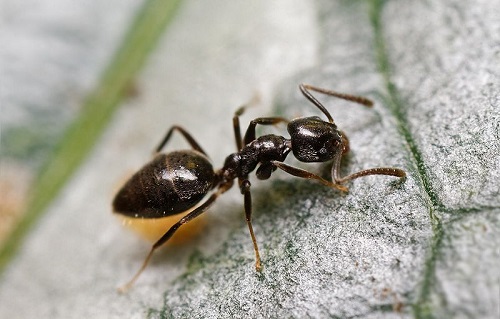Citronella ants get their name from the distinct citronella like scent they emit when crushed. Workers are about 1/8 – 3/8” long and are yellowish to brown in color. Citronella ants do not live inside, but may forage indoors in search of food. Outside, they nest under slabs, walkways, and decaying wood. Swarmers may emerge…

Pavement ants get their name from commonly locating their nests in or under cracks in pavement. Workers are about 1/16 – 1/8” long and light brown to black in color. Inside, pavement ants are most likely found in ground-level masonry walls of the foundation and favor areas by heat sources in winter. Outside, they typically…

Carpenter ants get their name from their natural ability to hollow out galleries in wood for nesting. Since carpenter ants do not eat wood but rather excavate their galleries, the sudden and frequent appearance of saw dust is an indicator that an infestation exists. Most commonly found are the black carpenter ant, however, they may…

Odorous house ants get their name from the pungent odor given off when crushed. Workers are about 1/16 – 1/8” long and are brown to black in color. Inside, odorous house ants nest in wall voids near a moisture source such as hot water pipes, around sinks and leaky fixtures. They often seek entry indoors…
